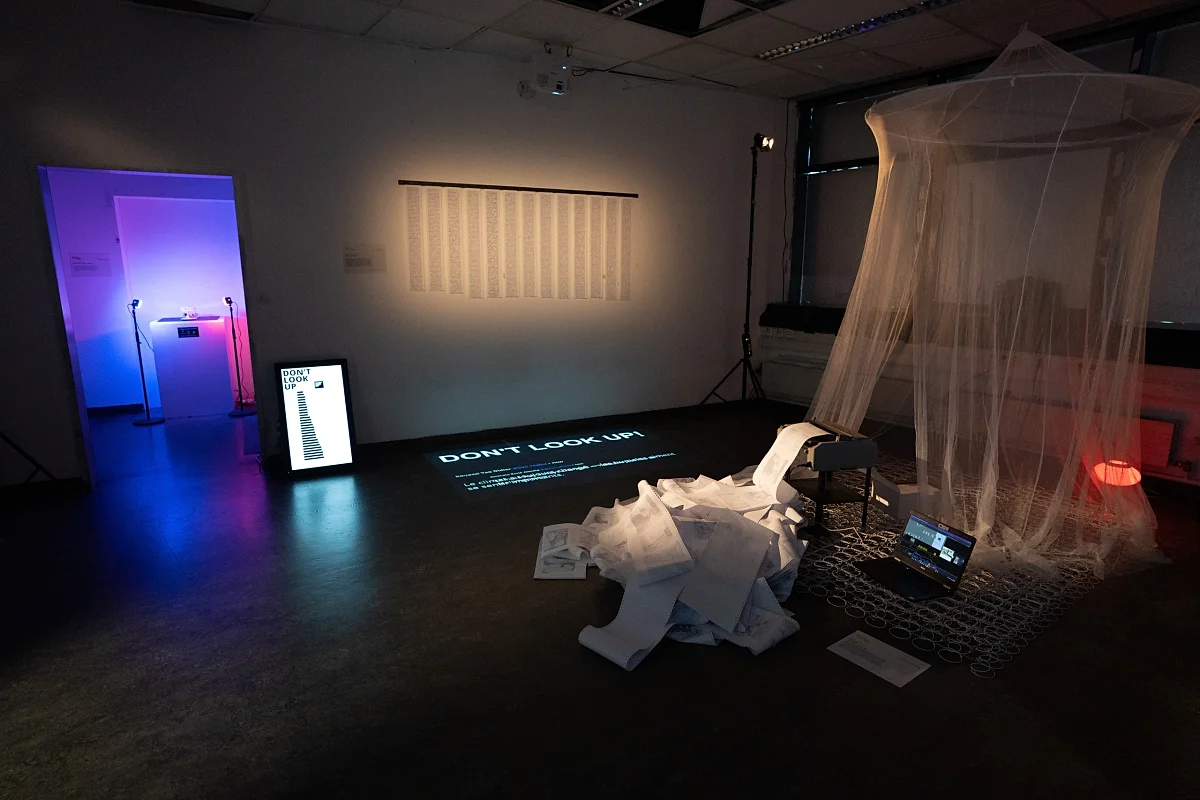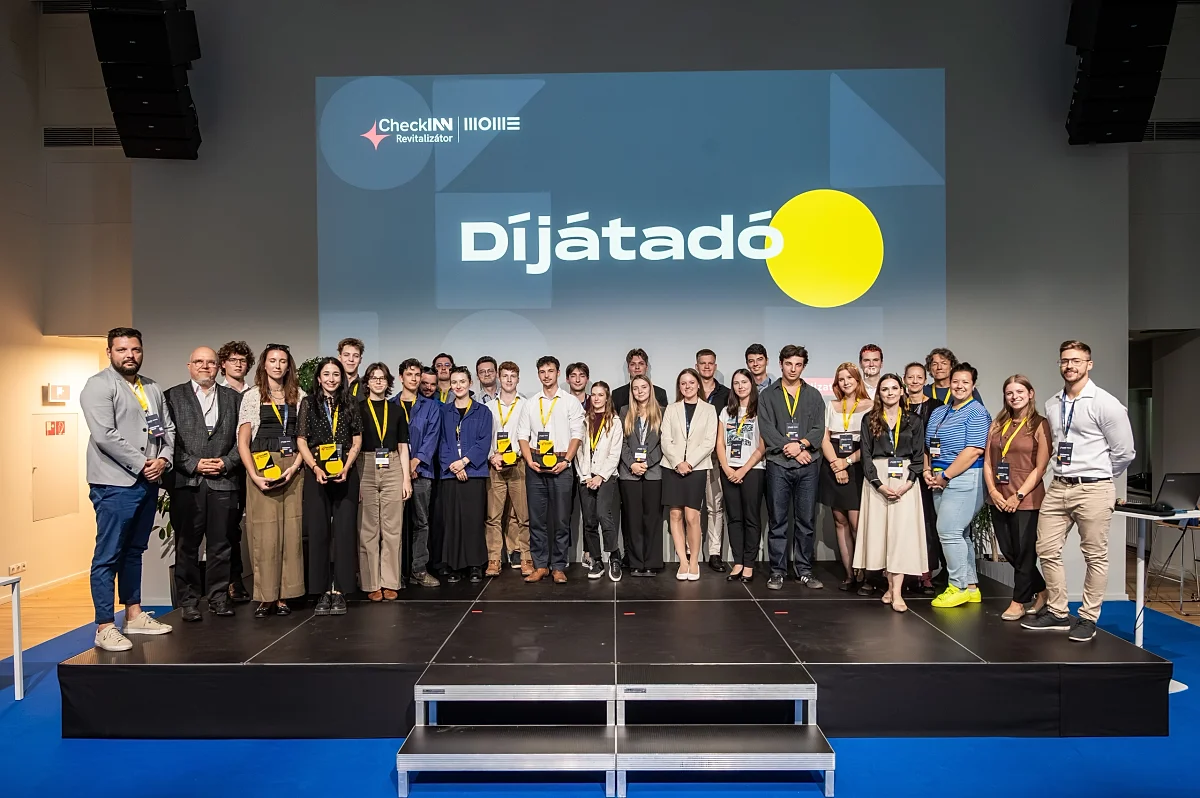
A new MOME Forest in the making: 30,000 trees and growing
The MOME Zero initiative was launched two years ago, following a strategic agreement between the MOME Foundation and three Hungarian national parks – the Balaton Uplands National Park, the Danube-Drava National Park and the Duna-Ipoly National Park – to plant new forests in all three locations over nearly 50 hectares in collaboration with forestry and ecological experts. Planting and long-term care will be performed by MOME staff and students together with foresters, ecologists and conservation specialists. The mission of the initiative is to offset MOME’s carbon footprint and demonstrate the immense power of taking competent and meaningful joint action to students, while offering them practical tools to reduce climate anxiety. A key objective for MOME is to shape its students’ long-term attitudes toward environmental protection, climate change, and a love of nature, which is why hands-on fieldwork is an integral part of every undergraduate programme.
In spring 2024, a group of 100 MOME employees planted 19,500 saplings over 4.5 hectares, while in the previous stage, students planted around 20,000 saplings over 5 hectares with assistance from the staff of the Balaton Uplands National Park back in November 2023. This marks the completion of the first phase of the three-part tree planting campaign. Foresters involved in the project will continue to monitor the growth of the saplings and their exposure to environmental stressors, and, if needed, will collaborate with MOME students to replace any lost trees. The university also plans to incorporate the newly planted forests into various scientific and art research projects.
The next stage of the programme will take place between 14–16 November, when 170 MOME students, along with 60 teachers, staff, and foresters, will plant 30,000 saplings, including black alder, English oak, wild pear, and wild apple, at the Danube-Drava National Park. To maintain biodiversity and climate resistance, a mixed, perpetual forest will be planted with seven species. This year, a student-designed project called ‘Zöldbölcső’ (Green Cradle) will be piloted on-site, involving biodegradable rings made from wildflower mix, cow manure, and fungal threads to be placed around the saplings to protect them from the environmental impacts of climate change.
The multi-day programme will feature community activities and team competitions on-site, following a series of professional events at the MOME Campus in Budapest, including two exciting lectures. On 12 November, Tel Aviv-based biomimicry researcher Yael Helfman-Cohen will give a talk at the university, sharing insights from her work exploring how forms, processes, and systems in nature can inspire sustainable design solutions. The event is sponsored by the Foundation for Moholy-Nagy University and Design as part of the Global Voices initiative. The next day, on 13 November, forest ecologist and Head of WWF Hungary Forest Programme László Gálhidy will speak at MOME at the Ecology for Design course, focusing on what sets an old-growth forest apart from a primeval one, and whether any such forests are still found in Hungary. Dr. Gálhidy graduated as a biologist from ELTE and worked in forest ecology and climate change modelling. With more than two decades of experience, and as head of the Forest Program at WWF Hungary, he is actively involved in national and international conservation projects, and his recommendations were incorporated into the 2009 Forest Act. An advocate of close-to-nature forest management, he serves on the National Forestry Council and is committed to sustainable forest stewardship.
More information:
https://mome.hu/en/zero
Both lectures are open to external visitors upon prior registration.
Registration:
☞ For researcher Yael Helfman-Cohen's lecture: Tuesday, 12 November 2024, 5:30 p.m.
Registration
☞ For biologist László Gálhidy’s (WWF) lecture: Wednesday, 23 November 2024, 6:00 p.m.
Registration
Related videos:
The MOME Forest programme
We planted the first forest
About Moholy-Nagy University of Art and Design
The mission of Moholy-Nagy University of Art and Design (MOME) founded 144 years ago is to leverage design-based learning, research, and practical expertise to address the most pressing challenges of the 21st century. It also includes service to the community and the dissemination of design awareness in order to contribute to the development of the economic and cultural ecosystems in Hungary and Eastern Central Europe. Since August 2020, MOME has been operating in a foundation format. As part of the model change, it has developed a long-term strategy, reinvented its research and development activity, launched the digitalisation of its internal processes, and proceeded to modernise training.
In 2021, MOME's budget nearly quadrupled, and the foundation also decided to grant the most substantial pay rise to teachers in the history of Hungarian higher education. In addition to providing a traditionally high level art and design education, the university introduced entrepreneurial training and launched its first English-language MA programmes in 2022.
More information: www.mome.hu


